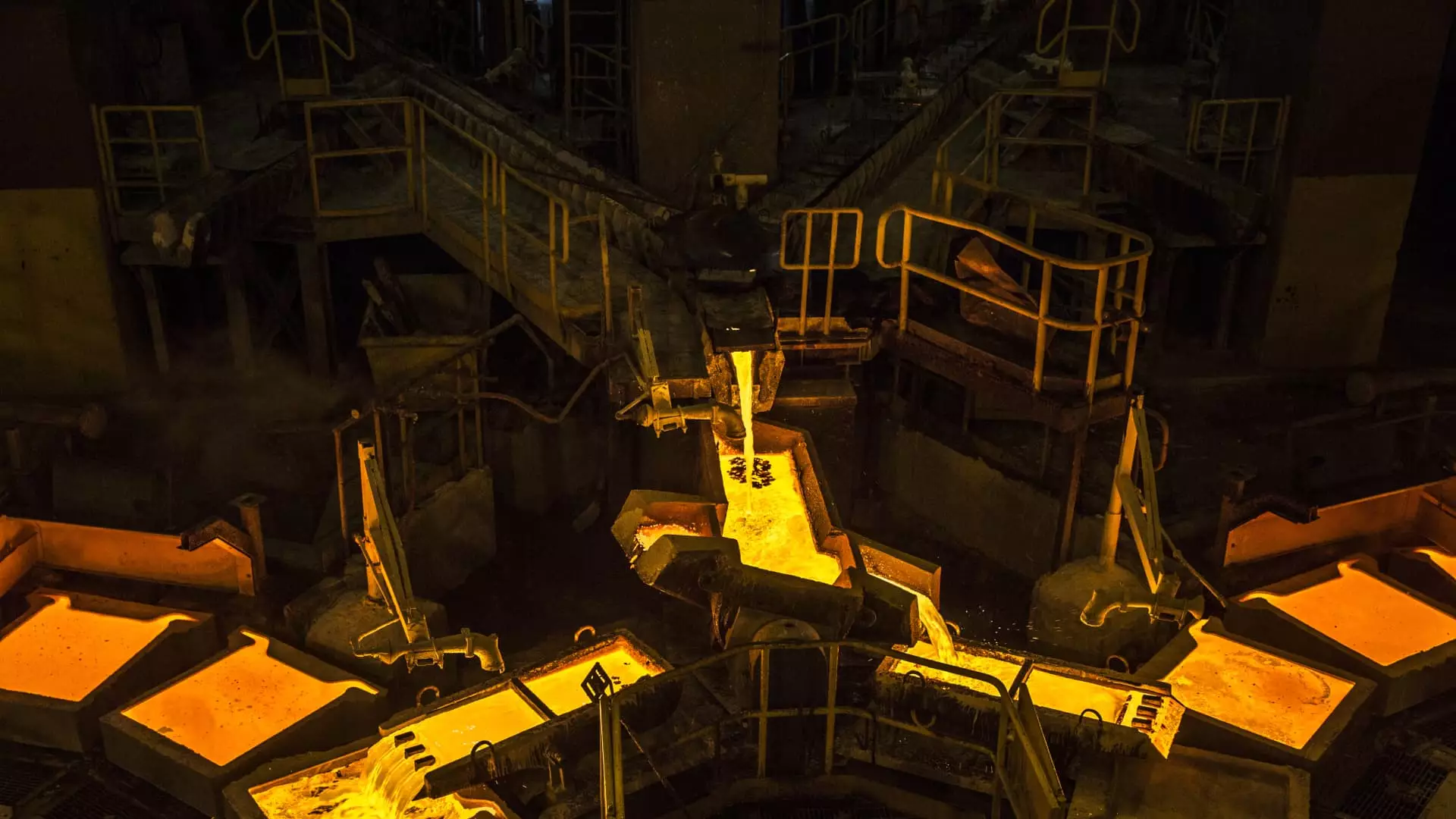Peru has experienced significant political turmoil in recent years, characterized by shifting administrations, public protests, and calls for presidential resignations. However, following a period of instability, the nation appears to be fostering an environment more alluring to international investors, particularly in the realm of sovereign bonds. Currently, foreign stakeholders hold 39% of the sovereign bond market, setting a record among emerging markets. This noteworthy statistic indicates not only a recovering political atmosphere but also a growing confidence in Peru’s financial stability.
Moody’s decision to assign a Baa1 credit rating speaks volumes about Peru’s resilience and creditworthiness against a backdrop of political unease. Despite the past challenges, the credit rating reflects a belief in the country’s ability to navigate financial obligations. The political situation continues to evolve, with a recent push against President Dina Boluarte and Congress facing legislative inertia. However, investor sentiment appears increasingly optimistic, suggesting that Peru’s intrinsic economic strengths resonate more loudly than its political troubles.
At the core of this renewed confidence is Peru’s solid economic framework, anchored by a remarkably low debt-to-GDP ratio of 33%. Compared to its regional counterparts—Brazil, with a staggering 86.7%, and Chile at 40.5%—Peru’s financial foundation seems robust, positioning it favorably in comparison to other emerging markets. This low debt levels signal fiscal prudence, providing further assurance to investors weighing their options in the sovereign bond market.
The stability of the Peruvian currency, the Sol, adds another dimension to its appeal. Supported by a central bank that has recently cut interest rates to 5.25%, Peru’s monetary policy appears aligned with enhancing investor returns. This alignment becomes particularly salient when juxtaposed against the complicated and often unpredictable yield curves in many global markets. According to experts, such as David Austerweil from VanEck, the current yield on 10-year local bonds stands at an attractive 6.428%.
While many countries are grappling with inverted yield curves, Peru enjoys one of the steepest, offering a unique advantage as international rates continue to adjust. The expectation of a continued downward trajectory in U.S. Federal Reserve rates only adds to the attractiveness of Peruvian bonds, promising substantial potential for capital gains.
Interestingly, Peru’s ongoing political volatility may inadvertently bolster its financial position. As Congress grapples with inefficiencies and legislative gridlock, the lack of sweeping executive action ensures that fiscal policies remain relatively stable and, at times, conservative. Austerweil emphasized this paradox, suggesting that a weaker executive can lead to better fixed income outcomes, as it reduces the chances of mismanaged financial policies.
Pramol Dhawan from Pimco echoes this sentiment, labeling Peru’s fixed income market as high-quality and robust for foreign investors. He argues that the political tension isn’t swaying the outlook on the debt market due to an unaffected central bank that maintains a steady hand, fostering an environment conducive to international investments. The perception of the Central Reserve Bank as a reliable actor in financial matters resonates well with market participants looking for stability.
Despite the promising landscape for fixed income, the equities market in Peru presents a more complicated scenario. The MSCI Peru Index has demonstrated impressive growth, rallying 24.8% in 2024, but underlying concerns about political stability persist. While mining companies dominate the Peruvian stock market, making it susceptible to cyclical trends, the long-term outlook hinges on structural political reforms.
While rising commodity prices, including a 24.5% increase in copper year-to-date, may provide temporary boosts, experts caution against relying solely on these factors for sustainable growth. With the recent stimulus measures from China raising prospects for improved economic activity, volatility in commodities presents challenges. Dhawan concludes that a robust equity narrative cannot emerge without a discerning political structure, reiterating the need for a more cohesive and proactive political framework to encourage sustained foreign investment and development.
The current environment in Peru presents a balance of hope and caution for investors. With a base of strong economic fundamentals supporting a burgeoning demand for sovereign bonds, many view the country as making strides toward fiscal health amidst political flux. Yet, the complexities within the equity sector, primarily driven by commodities, underscore the necessity for genuine political stability to unlock fully the potential of Peru as a beacon for international investment.

